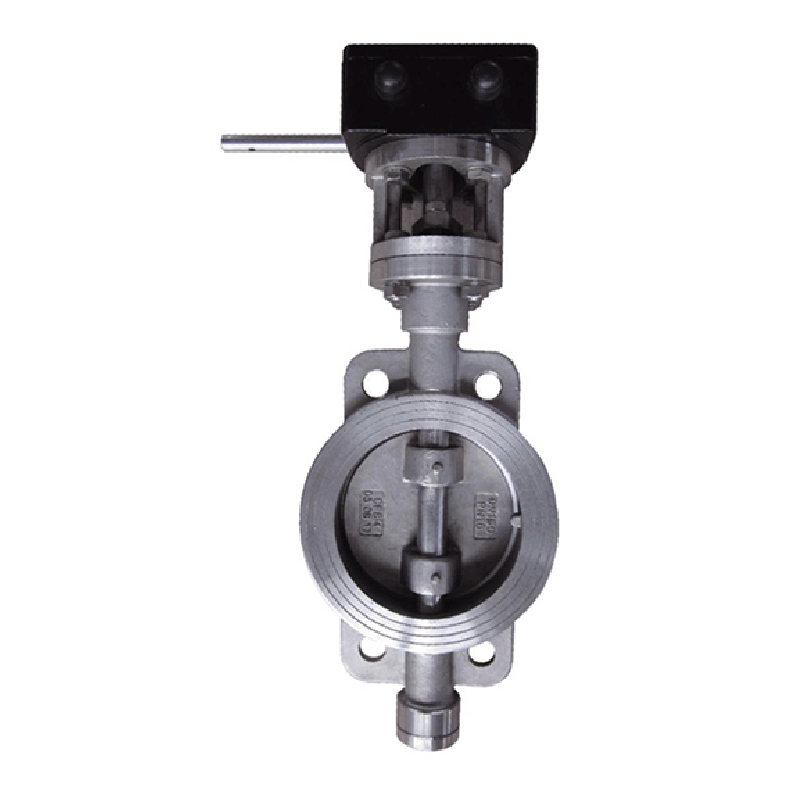Nov . 21, 2024 19:05 Back to list
air pressure release valve
Understanding Air Pressure Release Valves Importance and Functionality
Air pressure release valves, also known as pressure relief valves (PRVs), play a crucial role in maintaining safety and efficiency in various applications, especially in industries such as manufacturing, automotive, and HVAC systems. These devices are engineered to automatically release pressure when it exceeds a predetermined limit, thus preventing potential failures or hazards that could arise from excessive pressure buildup.
Working Principle
The primary function of an air pressure release valve is to regulate the pressure within a system. When the pressure reaches a certain threshold, the valve opens to allow excess air or gas to escape, thereby reducing the pressure back to a safe level. Once the pressure drops, the valve closes again, thereby ensuring that the system remains within optimal operating conditions. This operation is often facilitated by a spring mechanism, which is calibrated to respond to specific pressure levels.
Applications
Air pressure release valves are utilized in a variety of environments. In the manufacturing sector, for instance, they are essential in processes involving the use of high-pressure equipment, such as boilers and compressors. By releasing excess pressure, these valves protect machinery from ruptures or explosions that could result from pressure overload.
In the automotive industry, these valves are commonly found in fuel and air systems. They function to manage the pressure within fuel tanks, thereby minimizing the risk of fuel leaks or explosions. Similarly, in HVAC systems, pressure relief valves ensure that the air conditioning units operate efficiently by releasing excess refrigerant pressure, thus prolonging the lifespan of the equipment.
air pressure release valve

Importance of Maintenance
Regular maintenance of air pressure release valves is critical. Over time, debris can accumulate, or seals may degrade, preventing the valve from functioning properly. A malfunctioning PRV can lead to dangerous situations, including system failures and equipment damage. Therefore, adhering to a maintenance schedule that includes regular inspections, cleaning, and testing of the valves is essential to ensure their reliability.
Regulatory Compliance
In many industries, the use and maintenance of air pressure release valves are subject to strict regulatory standards. These regulations are established to ensure the safety of both workers and the public. Organizations must ensure that their PRVs are compliant with local, national, and international safety standards. Failure to do so can result in severe penalties, including fines and closures, as well as endangering lives.
Conclusion
In summary, air pressure release valves are integral components in managing pressure within various systems. Their primary role in preventing dangerous pressure buildup cannot be overstated. Properly functioning PRVs enhance the safety and efficiency of industrial operations while ensuring compliance with regulatory requirements. Whether in manufacturing, automotive, or HVAC applications, the importance of these valves is clear. Maintaining these critical safety devices through regular inspections and adherence to safety standards is essential for the continued safe operation of machinery and systems around the world. By investing in the upkeep and compliance of air pressure release valves, industries can mitigate risks and foster a safer working environment for all.
Share
-
Reliable Wafer Type Butterfly Valves for Every IndustryNewsJul.25,2025
-
Reliable Flow Control Begins with the Right Ball Check ValveNewsJul.25,2025
-
Precision Flow Control Starts with Quality ValvesNewsJul.25,2025
-
Industrial Flow Control ReliabilityNewsJul.25,2025
-
Engineered for Efficiency Gate Valves That Power Industrial PerformanceNewsJul.25,2025
-
Empowering Infrastructure Through Quality ManufacturingNewsJul.25,2025